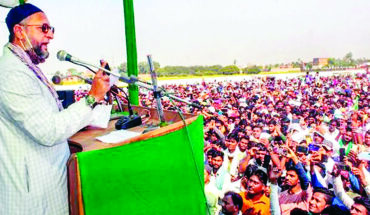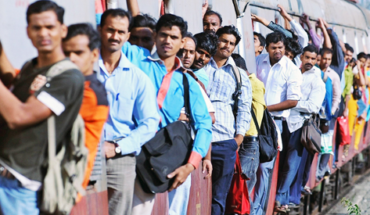A team of the Reserve Bank of India officials has provided an optimistic assessment of the ‘State of the Economy’ in the August issue of the central bank’s monthly bulletin. Pivoting from what the bank posited on August 6 when it said, “the outlook for aggregate demand is improving, but still weak and overcast by the pandemic”, the officials led by Deputy Governor Michael D. Patra asserted that aggregate demand conditions had been buoyed by pent-up demand released by unlocking and vaccination. And, evidence that the economy was gaining traction could be seen in “manufacturing activity gradually turning around even as the contraction in services had moderated”, they wrote. The authors of the article have arrayed several high-frequency indicators including E-way bills, toll collections, fuel consumption, automobile dispatches and registrations, and rail freight volumes to buttress their view that demand is regaining momentum. The team has also pointed to a private forecaster’s data showing a sizeable sequential decline in the unemployment rate last month — to 6.95% from 9.17% in June, and that with a pronounced rural bias — to posit that this reflects the “resilience of the rural sector on brightened agricultural prospects”. But the authors elide over the fact that the CMIE, whose survey-based unemployment rate they have cited, is far less sanguine about the addition of approximately 16 million jobs in July. CMIE MD Mahesh Vyas contends in an analysis that “all the additional employment provided by India in July was of poor quality” while better quality salaried jobs shrank by 3.2 million, noting that the bulk of the rural jobs added were of temporary farm labour linked to delayed kharif sowing. Monetary authorities need to be fair in their analysis of the situation on the ground. Else, the country risks losing focus on ritht policies and may put the economy into a harder to redress state of ‘stagflation’.





